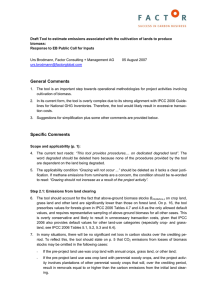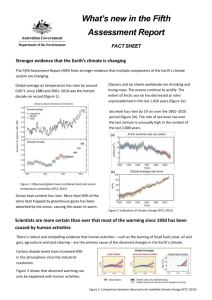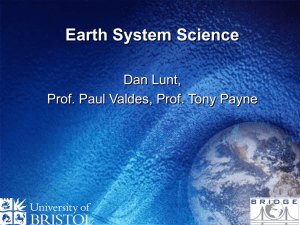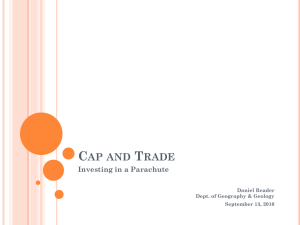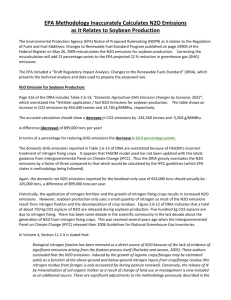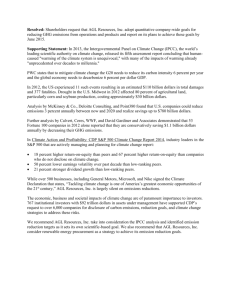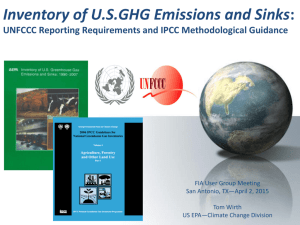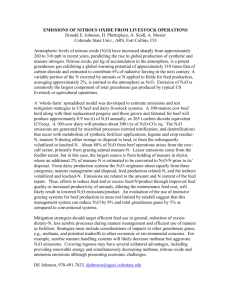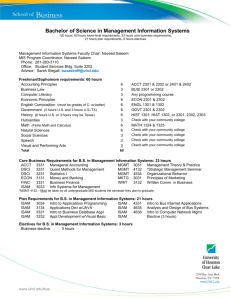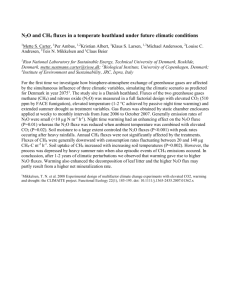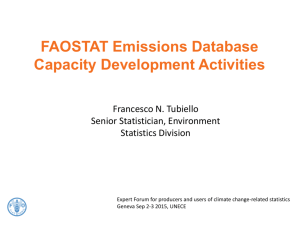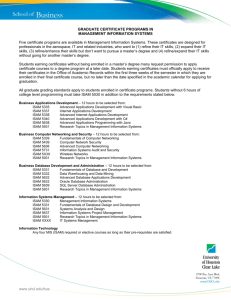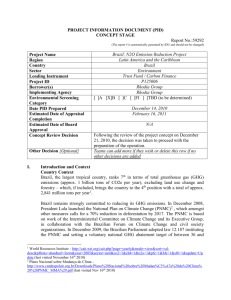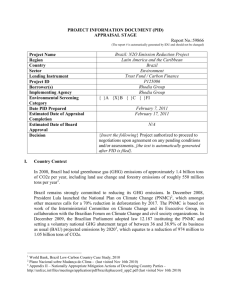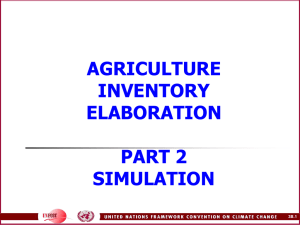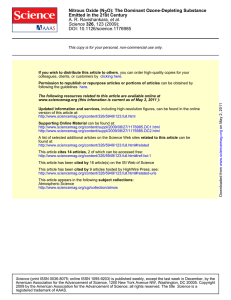ISAM Model Results for Phase II
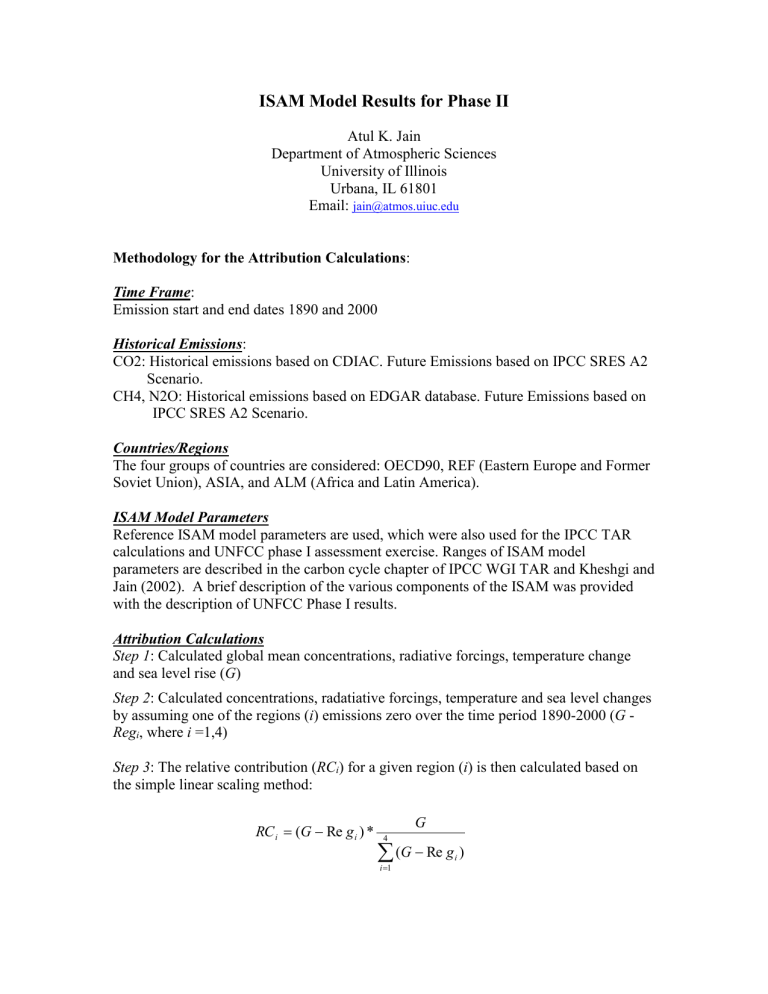
ISAM Model Results for Phase II
Atul K. Jain
Department of Atmospheric Sciences
University of Illinois
Urbana, IL 61801
Email: jain@atmos.uiuc.edu
Methodology for the Attribution Calculations :
Time Frame :
Emission start and end dates 1890 and 2000
Historical Emissions :
CO2: Historical emissions based on CDIAC. Future Emissions based on IPCC SRES A2
Scenario.
CH4, N2O: Historical emissions based on EDGAR database. Future Emissions based on
IPCC SRES A2 Scenario.
Countries/Regions
The four groups of countries are considered: OECD90, REF (Eastern Europe and Former
Soviet Union), ASIA, and ALM (Africa and Latin America).
ISAM Model Parameters
Reference ISAM model parameters are used, which were also used for the IPCC TAR calculations and UNFCC phase I assessment exercise. Ranges of ISAM model parameters are described in the carbon cycle chapter of IPCC WGI TAR and Kheshgi and
Jain (2002). A brief description of the various components of the ISAM was provided with the description of UNFCC Phase I results.
Attribution Calculations
Step 1 : Calculated global mean concentrations, radiative forcings, temperature change and sea level rise ( G )
Step 2 : Calculated concentrations, radatiative forcings, temperature and sea level changes by assuming one of the regions ( i ) emissions zero over the time period 1890-2000 ( G -
Reg i
, where i =1,4)
Step 3 : The relative contribution ( RC i
) for a given region ( i ) is then calculated based on the simple linear scaling method:
RC i
( G
Re g i
) * i
4
1
( G
G
Re g i
)
The sum of all RC i
is equal to global value G , i.e.,
G
i
4
1
RC i
Results Provided
ASCII Files:
(1) Cumulative emissions for CO2 (fossil fuel and land use), N2O and CH4.
(2) Concentrations for CO2, N2O, and CH4.
(3) Total radiative forcing (CO2+CH4+N2O+Aerosols), Temperature change and sea level change (only the thermal expansion component).
Graphical Results:
(1) Attribution calculation results for temperature change
(2) Attribution calculation results for sea level change (only the thermal expansion component)
Reference
Kheshgi ,H.S. and A. K. Jain (2002): Projecting future climate change: Implications of carbon cycle model intercomparisons, Global Biogeochemical Cycles (in press).



